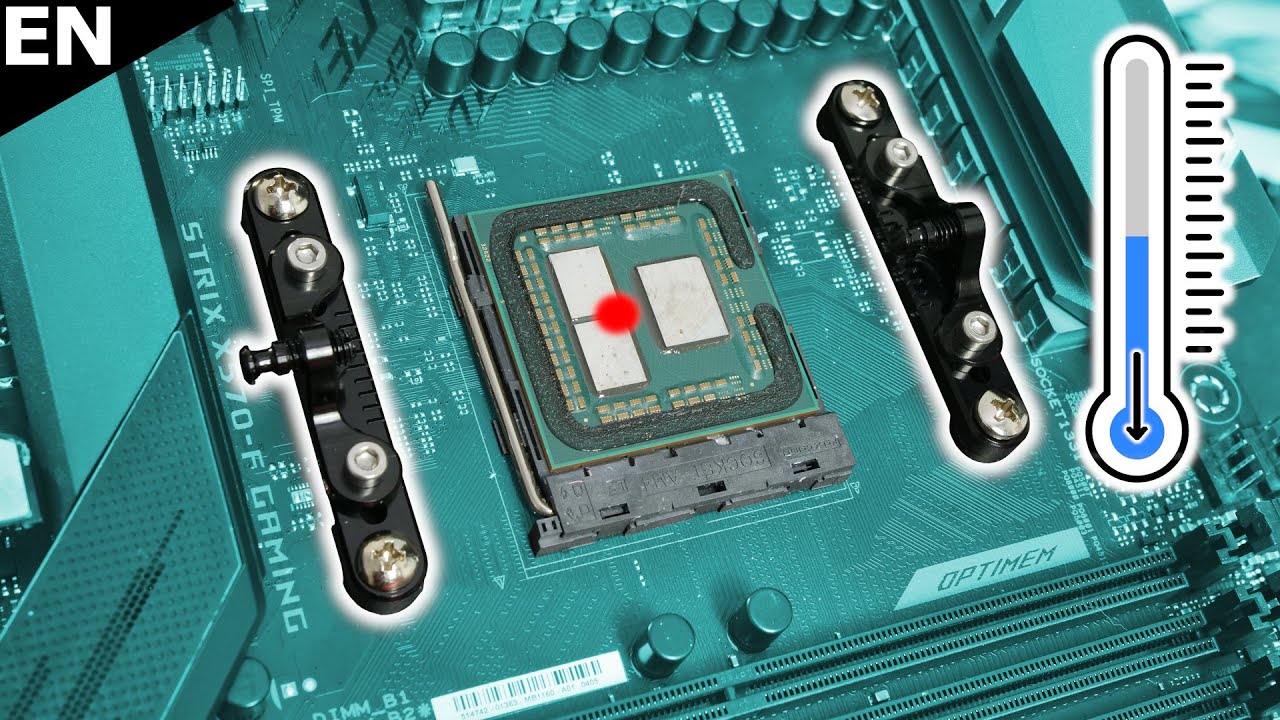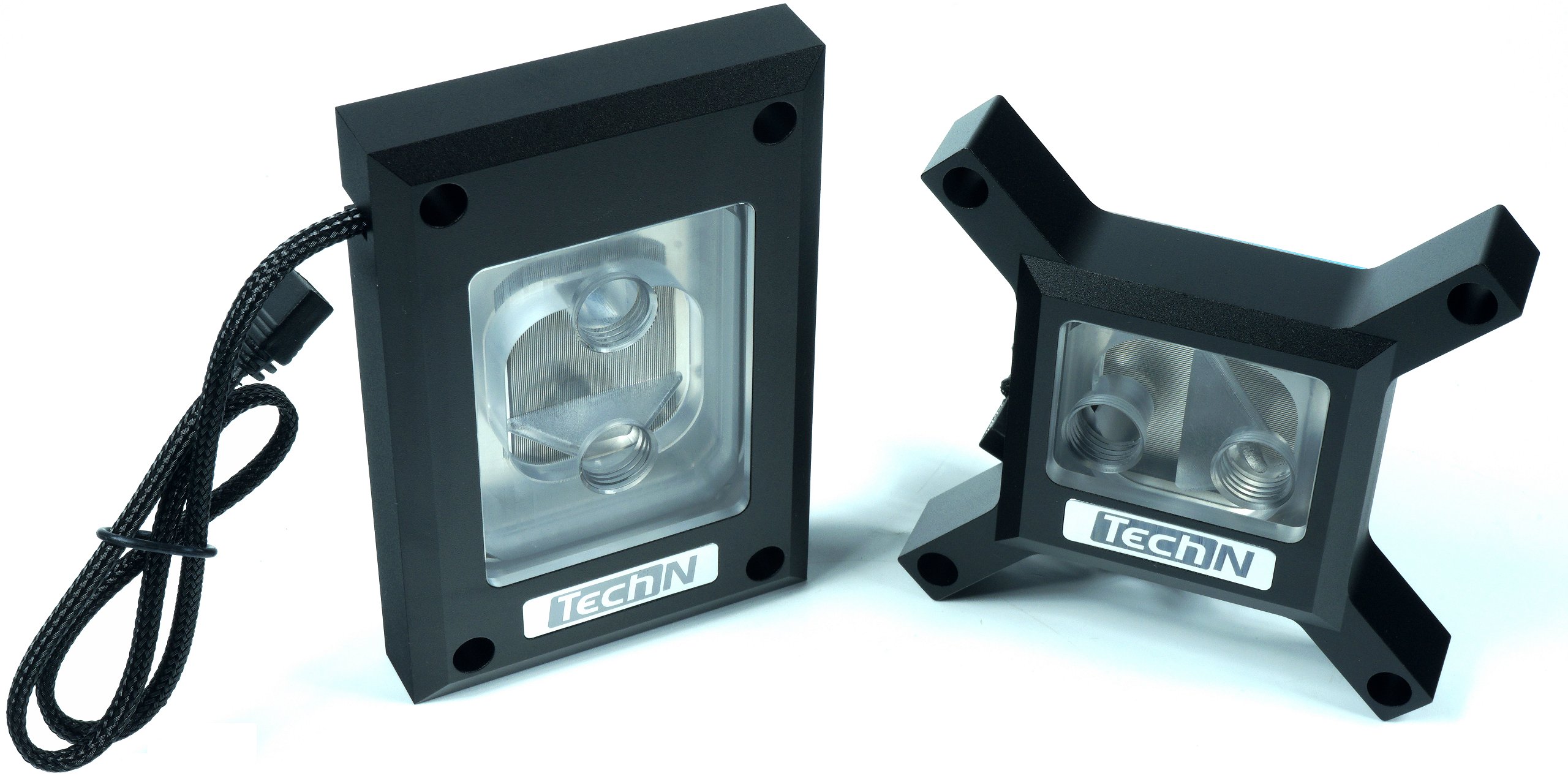- Joined
- Oct 6, 2004
- Messages
- 58,413 (8.07/day)
- Location
- Oystralia
| System Name | Rainbow Sparkles (Power efficient, <350W gaming load) |
|---|---|
| Processor | Ryzen R7 5800x3D (Undervolted, 4.45GHz all core) |
| Motherboard | Asus x570-F (BIOS Modded) |
| Cooling | Alphacool Apex UV - Alphacool Eisblock XPX Aurora + EK Quantum ARGB 3090 w/ active backplate |
| Memory | 2x32GB DDR4 3600 Corsair Vengeance RGB @3866 C18-22-22-22-42 TRFC704 (1.4V Hynix MJR - SoC 1.15V) |
| Video Card(s) | Galax RTX 3090 SG 24GB: Underclocked to 1700Mhz 0.750v (375W down to 250W)) |
| Storage | 2TB WD SN850 NVME + 1TB Sasmsung 970 Pro NVME + 1TB Intel 6000P NVME USB 3.2 |
| Display(s) | Phillips 32 32M1N5800A (4k144), LG 32" (4K60) | Gigabyte G32QC (2k165) | Phillips 328m6fjrmb (2K144) |
| Case | Fractal Design R6 |
| Audio Device(s) | Logitech G560 | Corsair Void pro RGB |Blue Yeti mic |
| Power Supply | Fractal Ion+ 2 860W (Platinum) (This thing is God-tier. Silent and TINY) |
| Mouse | Logitech G Pro wireless + Steelseries Prisma XL |
| Keyboard | Razer Huntsman TE ( Sexy white keycaps) |
| VR HMD | Oculus Rift S + Quest 2 |
| Software | Windows 11 pro x64 (Yes, it's genuinely a good OS) OpenRGB - ditch the branded bloatware! |
| Benchmark Scores | Nyooom. |
The 5800x is well known for having heat issues on stock settings, because it's single 8 core CCX design shares the same power limits as the 2x6 (dual 6 core CCX) 5900x - so it's got a lot less space to cool itself with.
A big part of the problem is that motherboards will raise the maximum TDC, EDC and PPT values to effectively infinite values the moment you enable PBO, such as when you're trying out curve undervolting for the first time. I made a lengthy post on the issue over here.
Make sure you manually enter your CPU's default PBO limits as a starting point, if you're new to this.
A Zen 3 chiplet (whether it has 4 cores or 8) is 80.7mm square -modern intels are over 200mm square. Four times the surface area to cool with.
It doesn't matter how big a heatsink you slap on top, what matters most is the quality of the contact, and the quality of heatsink base.
All the dual CCX Zen 3 chips look like this, with three sources of heat (lower is the IO die, upper two are the CPU chiplets)
A 5950x with two 8 core chipsets, a 5900x with two 6 core chiplets and a 5800x with one 8 core chiplet all have the same 140W PPT target - but your motherboard might have that limited to 105W, 142W, or 400W depending on your PBO settings.
It's simple to imagine that a 5800x having the wattage of both CCX's shoved into just one is going to be harder to cool and fussier about the heatsink contact on top.
You can either fight with a really high-quality cooler to get the contact exactly right... or tweak the PBO values and stop the chips from sending so much power out. You could throw 30W more for less than a 1% boost, so why not trim the excess?

When compared to intel, you can see they have a MUCH larger surface area to spread the heat out over, which is why they can report lower temps despite having much higher wattages

Skipping the explanation, heres some recommended settings from our various forum users and myself!
Regardless of which chip you have, you can simply do some minor tweaks to match your chip better: if these settings work super cold (like they do for me on custom water) - you can simply up the values for more performance if you want it. Just make sure to scale them together
Single threaded temperatures are often higher than multi threaded, because Ryzen 5000 reports the peak temperature of the hottest core - not an average of all of them. It's key to note that these temperatures are updated every 1 millisecond, so those spikes are VERY brief.
Due to a current AGESA bug, keep 65W CPU's EDC below 90A and all higher wattage CPU's below 140A, to prevent a bug that downclocks the CPU.
5600x
5800x
Exclusively with this chip due to heat density you'll find very diminishing returns past 100w PPT - expect lapped heatsinks and liquid metal for high values.
100-115W seems to be where people have the best results, curve offsets allowing higher clocks at the lower wattages
5900x
These should work on any Zen 3 chips, but watch out for differences in the CCX and core counts.
2x6 cores on a 5900x has far more surface area to cool with, vs a single 8 core CCX on a 5800x - so it can handle higher values.
Two more tips follow:
1. Watch out for two seperate PBO settings on some motherboards, on my Asus board i have one in 'Ai Tweaker' and one in advanced. Only the AI tweaker settings work and apply, the Advanced ones are ignored (except for curve optimiser, which is only visible there)
2. Curve optimiser is great, but watch out for random crashes at idle or moderate load situations. Some of my cores go to -30, some will only go to -5 without issues. Be patient, and only test this when you're 100% sure your system is already stable, or you could waste a lot of time with testing it out. I ended up settling on -13 all core, instead of tweaking them all individually.
I m about to follow some advice here and start using core cycler to test out the offsets in an automated way
GitHub - sp00n/corecycler: Stability test script for PBO & Curve Optimizer stability testing on AMD Ryzen processors
A big part of the problem is that motherboards will raise the maximum TDC, EDC and PPT values to effectively infinite values the moment you enable PBO, such as when you're trying out curve undervolting for the first time. I made a lengthy post on the issue over here.
Make sure you manually enter your CPU's default PBO limits as a starting point, if you're new to this.
A Zen 3 chiplet (whether it has 4 cores or 8) is 80.7mm square -modern intels are over 200mm square. Four times the surface area to cool with.
It doesn't matter how big a heatsink you slap on top, what matters most is the quality of the contact, and the quality of heatsink base.
All the dual CCX Zen 3 chips look like this, with three sources of heat (lower is the IO die, upper two are the CPU chiplets)
A 5950x with two 8 core chipsets, a 5900x with two 6 core chiplets and a 5800x with one 8 core chiplet all have the same 140W PPT target - but your motherboard might have that limited to 105W, 142W, or 400W depending on your PBO settings.
It's simple to imagine that a 5800x having the wattage of both CCX's shoved into just one is going to be harder to cool and fussier about the heatsink contact on top.
You can either fight with a really high-quality cooler to get the contact exactly right... or tweak the PBO values and stop the chips from sending so much power out. You could throw 30W more for less than a 1% boost, so why not trim the excess?

When compared to intel, you can see they have a MUCH larger surface area to spread the heat out over, which is why they can report lower temps despite having much higher wattages

Skipping the explanation, heres some recommended settings from our various forum users and myself!
Regardless of which chip you have, you can simply do some minor tweaks to match your chip better: if these settings work super cold (like they do for me on custom water) - you can simply up the values for more performance if you want it. Just make sure to scale them together
Single threaded temperatures are often higher than multi threaded, because Ryzen 5000 reports the peak temperature of the hottest core - not an average of all of them. It's key to note that these temperatures are updated every 1 millisecond, so those spikes are VERY brief.
Due to a current AGESA bug, keep 65W CPU's EDC below 90A and all higher wattage CPU's below 140A, to prevent a bug that downclocks the CPU.
5600x
5600x settings per Zach_01
Default limits of 5600X are:
PPT: 76W
TDC: 60A
EDC: 90A
And some higher performance settings:
PPT: 90W
TDC: 75A
EDC: 100A
Default limits of 5600X are:
PPT: 76W
TDC: 60A
EDC: 90A
And some higher performance settings:
PPT: 90W
TDC: 75A
EDC: 100A
5800x
Exclusively with this chip due to heat density you'll find very diminishing returns past 100w PPT - expect lapped heatsinks and liquid metal for high values.
100-115W seems to be where people have the best results, curve offsets allowing higher clocks at the lower wattages
GerKNG's highly efficiet 5800x settings are as follows:
Max efficiency:
PPT: 95W
TDC:60A
EDC: 90A
56C, 4.2GHz all core load, 4.9GHz boost
Note how the PBO values all match at 100% all together - Gherkin King here really tuned these in!

And then I tested some higher values, since i have custom water cooling on mine:
You'll notice that getting even 100Mhz more, adds 10C
5800x custom water
+200Mhz
Curve optimiser: -10 all core
PPT: 110W
TDC: 90A
EDC: 100A
R23: 4.45GHz all core, 63C (4.925GHz 1T)

5800x custom water
+200Mhz
Curve optimiser: -10 all core
PPT: 120W
TDC: 75A
EDC: 110A
These were tuned in like Gerkngs so they all hit 100% together to please my OCD
R23: 4.5-4.55Ghz all core, 69.5C - (5.025GHz 1T)

Max efficiency:
PPT: 95W
TDC:60A
EDC: 90A
56C, 4.2GHz all core load, 4.9GHz boost
Note how the PBO values all match at 100% all together - Gherkin King here really tuned these in!

And then I tested some higher values, since i have custom water cooling on mine:
You'll notice that getting even 100Mhz more, adds 10C
5800x custom water
+200Mhz
Curve optimiser: -10 all core
PPT: 110W
TDC: 90A
EDC: 100A
R23: 4.45GHz all core, 63C (4.925GHz 1T)

5800x custom water
+200Mhz
Curve optimiser: -10 all core
PPT: 120W
TDC: 75A
EDC: 110A
These were tuned in like Gerkngs so they all hit 100% together to please my OCD
R23: 4.5-4.55Ghz all core, 69.5C - (5.025GHz 1T)

For each setup, curve optimizer was: -23 on best cores; -30 on "bad" cores
Initial Setup
Initial Setup
- PPT: 142
- TDC: 95
- EDC: 125
- Max Temp Multi-Core: 82C
- CB23: 15134
- PPT: 124
- TDC: 85
- EDC: 127
- Max Temp Multi-Core: 76C
- CB23: 14957
- PPT: 120
- TDC: 75
- EDC: 110
- Max Temp Multi-Core: 69.8C
- CB23: 14653
- PPT: 117
- TDC: 80
- EDC: 120
- Max Temp Multi-Core: 71.3C
- CB23: 14862
5900x
Stock is:
PPT 142
TDC 95
EDC 140
Older BIOS without the 140A EDC bug:
(Thanks FreeAgent)
PPT: 240
TDC: 160
EDC: 190
5900x and 5950x with AGESA past 1.2.0.3c need EDC at 140A or less, but you can still raise PPT (to what your VRMs and cooler can handle) and TDC to less than 140A.
PPT 142
TDC 95
EDC 140
Older BIOS without the 140A EDC bug:
(Thanks FreeAgent)
PPT: 240
TDC: 160
EDC: 190
5900x and 5950x with AGESA past 1.2.0.3c need EDC at 140A or less, but you can still raise PPT (to what your VRMs and cooler can handle) and TDC to less than 140A.
These should work on any Zen 3 chips, but watch out for differences in the CCX and core counts.
2x6 cores on a 5900x has far more surface area to cool with, vs a single 8 core CCX on a 5800x - so it can handle higher values.
Two more tips follow:
1. Watch out for two seperate PBO settings on some motherboards, on my Asus board i have one in 'Ai Tweaker' and one in advanced. Only the AI tweaker settings work and apply, the Advanced ones are ignored (except for curve optimiser, which is only visible there)
2. Curve optimiser is great, but watch out for random crashes at idle or moderate load situations. Some of my cores go to -30, some will only go to -5 without issues. Be patient, and only test this when you're 100% sure your system is already stable, or you could waste a lot of time with testing it out. I ended up settling on -13 all core, instead of tweaking them all individually.
I m about to follow some advice here and start using core cycler to test out the offsets in an automated way
GitHub - sp00n/corecycler: Stability test script for PBO & Curve Optimizer stability testing on AMD Ryzen processors
Last edited:












